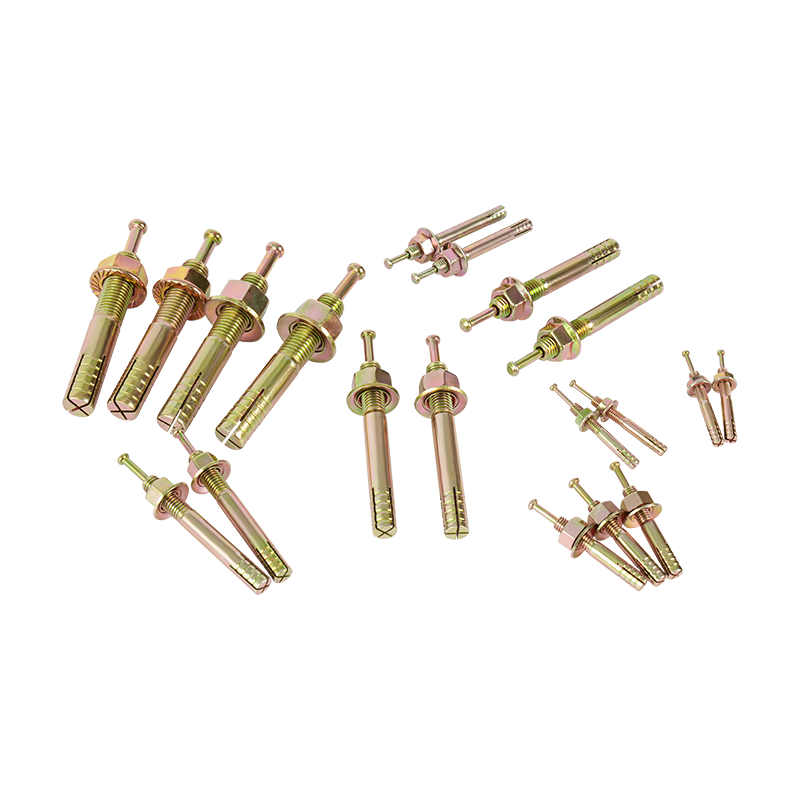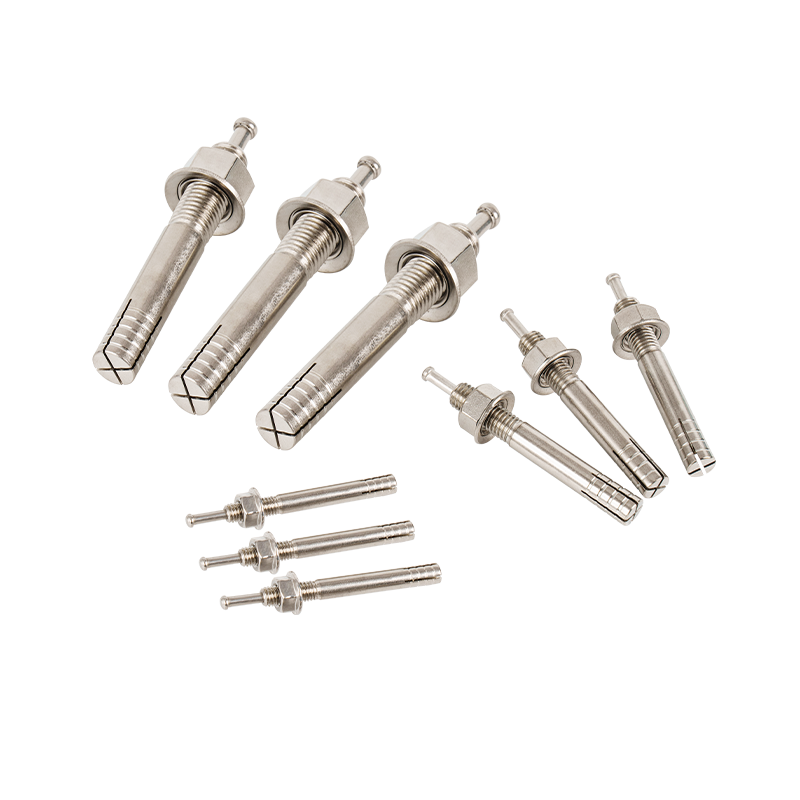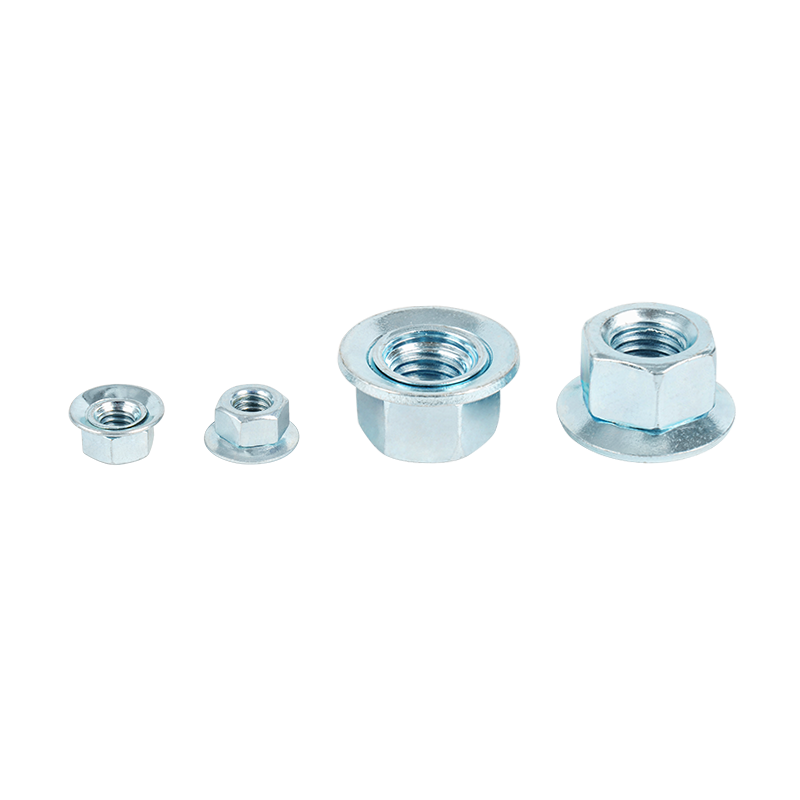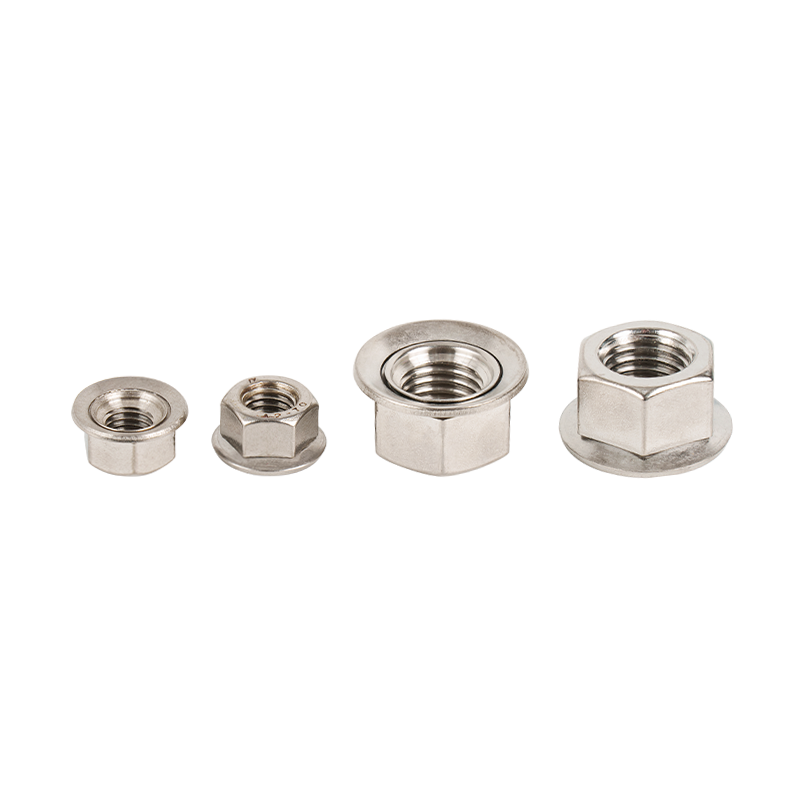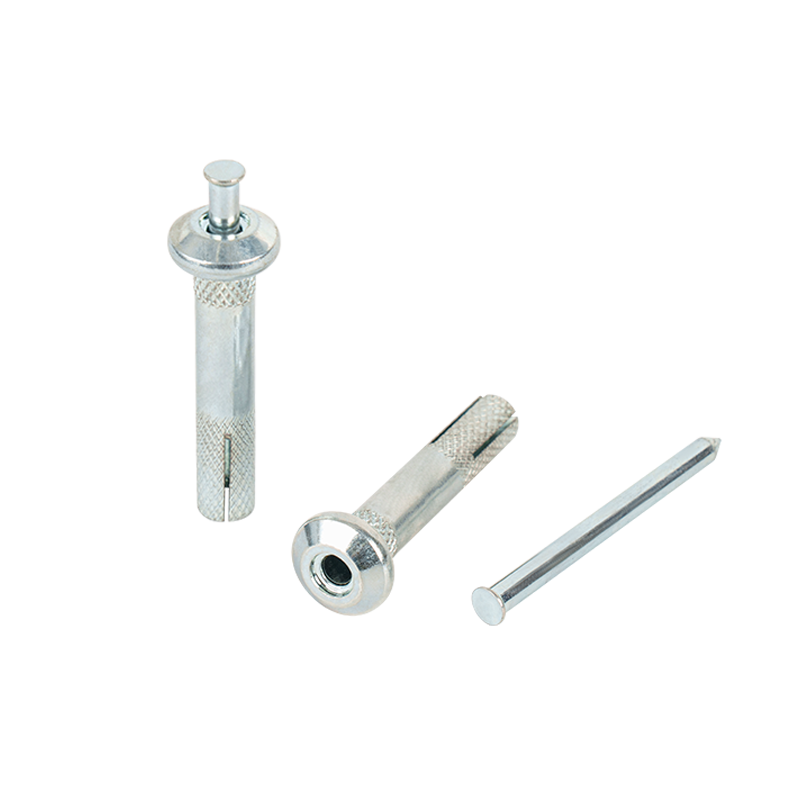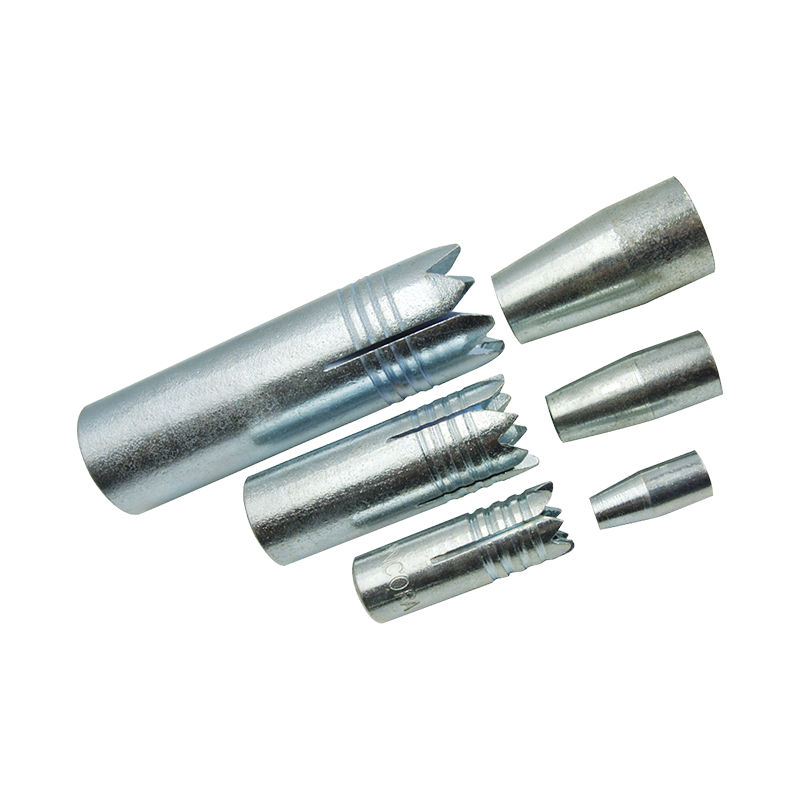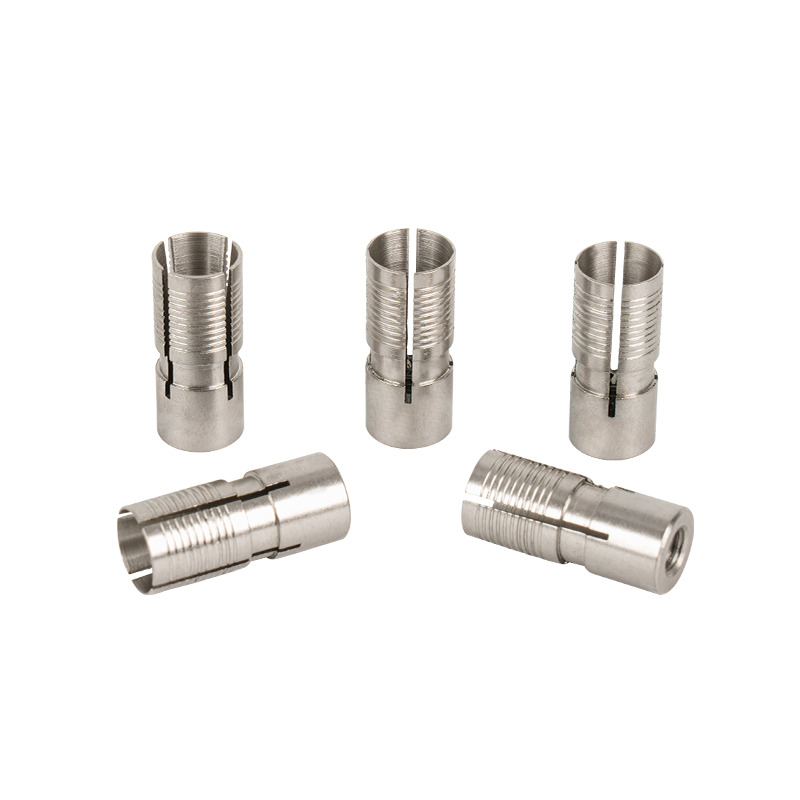Why is the thread design of Carbon Steel Strike Anchor so important for the fixing effect?
2025-03-14
In modern construction and mechanical engineering, the reliability and durability of the anchoring system are directly related to the safety and service life of the structure. As a key product in the field of anchoring, Carbon Steel Strike Anchor is favored for its high strength and wide applicability. However, the core of its performance depends not only on the characteristics of carbon steel materials, but also on a seemingly basic but crucial design-thread structure.
1. Mechanical principles of thread design: from micro friction to macro fixation
The thread of the anchor is not a simple "anti-slip pattern", but a precisely calculated mechanical structure. Its core function can be decomposed into the following three points:
Optimization of stress distribution
When the anchor is driven into the substrate (such as concrete), the spiral groove of the thread expands the contact area through the "wedge effect". Experimental data show that the thread design of the standard carbon steel anchor can reduce the force per unit area by 30%-50%, thereby avoiding the substrate from rupture due to local stress concentration.
Dynamic control of friction
The helix angle (usually 55°-65°) and pitch (6-10 threads per inch) of the thread directly affect the bite strength between the anchor bolt and the base material. Deeper threads (depth of about 0.5-1.2mm) can form a mechanical interlock in the base material, and its pull-out resistance can be more than 3 times that of smooth anchor bolts.
Stability in a vibrating environment
Under dynamic loads (such as earthquakes and equipment vibrations), the "self-locking effect" of the thread can absorb energy through deformation. Taking the ASTM E488 standard test as an example, the displacement of a carbon steel anchor bolt with optimized threads in a cyclic vibration test is only 1/5 of that of a smooth anchor bolt.
2. Synergistic effect of materials and structures: Why does carbon steel require specific thread parameters?
The high strength of carbon steel (tensile strength ≥ 700MPa) provides the basic bearing capacity for anchor bolts, but if the thread design is improper, it will lead to two risks:
Risk of brittle fracture: Too deep threads will weaken the cross section of the anchor rod, and it may break during impact installation.
Expansion of corrosion sensitive area: unreasonable thread shape is easy to form liquid retention area, accelerating the rust process.
Therefore, the thread of Carbon Steel Strike Anchor needs to meet the following special requirements:
Progressive thread depth: deeper root (about 1mm) and shallower top (about 0.6mm), reducing stress concentration while maintaining bite force.
Rounded thread edge: fillet with radius ≥ 0.1mm can reduce the probability of crack initiation and extend fatigue life.
Surface galvanizing process: the coating thickness (usually 5-8μm) matching the thread groove ensures that the anti-corrosion performance is not damaged by the thread structure.
III. Key verification in practical application: from laboratory to construction site
Case 1: Failure analysis of anchoring of curtain wall of high-rise building
A project used carbon steel anchor bolts with unoptimized threads, which loosened collectively under wind load. After testing, it was found that 80% of the failed anchor bolts had concrete powder accumulation at the bottom of the thread, proving that the bite surface was not fully in contact. After switching to a design with a denser pitch (8 threads per inch) and a thread angle of 60°, the anchoring system passed the 150 km/h wind tunnel test.
Case 2: Industrial equipment base vibration test
In the fixing of the compressor base in a petrochemical plant, two thread designs were compared:
Type A (traditional triangular thread): 23% of the anchor bolts loosened after 6 months of use.
Type B (trapezoidal thread at the root of the arc): zero failure in the same cycle, and the vibration transmission rate was reduced by 42%.
IV. Industry standards and future trends
According to ISO 898-1 and ACI 355.2 standards, the threads of high-quality carbon steel anchor bolts must pass the following strict tests:
Torque test: The installation torque must reach 50-80N·m (M12 specification), and the thread has no slipping.
Fatigue life test: 5000 cycles of loading at ±15% limit load, displacement ≤0.1mm.
In the future, with the development of intelligent construction technology, thread design will further combine digital simulation (such as finite element analysis) and 3D printing technology to achieve "customized threads" with stronger adaptability to substrates, such as:
"Dual-lead thread" for porous concrete
"Anti-frost helix angle optimization" for low-temperature environments
The subtlety of thread design lies in converting the material potential of carbon steel into reliable anchoring force in actual engineering. From mechanical principles to process details, each thread is a silent commitment to the word "safety". Choosing a scientifically verified thread structure is not only a technical optimization, but also a responsibility for engineering quality. In the field of anchoring, the victory of details often determines the final success or failure.

 English
English 日本語
日本語
